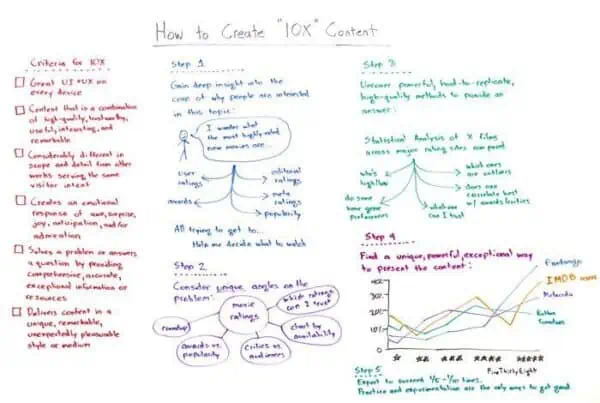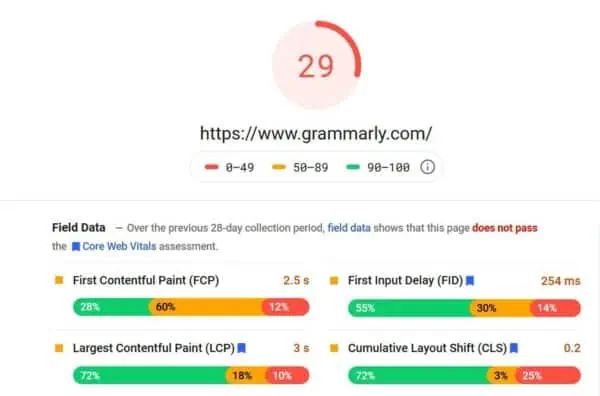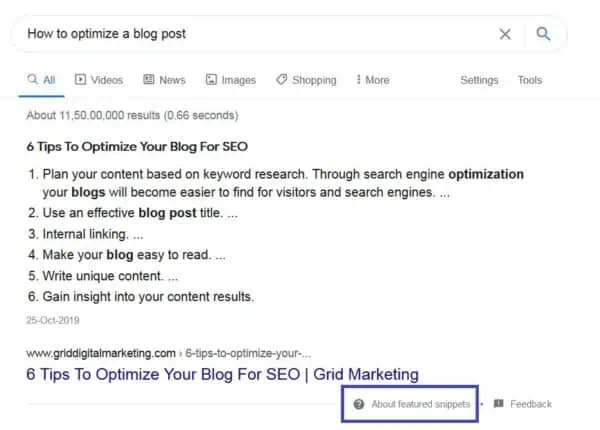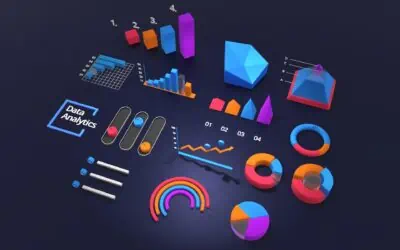Experts believe 2021 will be a crucial year for SEO approaches. In the last few years, search intent, diversified forms of content, usability, and voice search dominated the headlines. Traditional SEO tactics seemed to fall short to drive sustainable traffic growth and induced diminishing returns.
The anatomical route of SEO is going to stay eternally:
If you want SEO to yield positive returns, you need a plan of action. And what would be better than thinking like a buyer whether the content is truly relevant, the brand is reliable, and the website functionality is well-designed.
Search engine optimization is a very dynamic field: every new year brings with it fresh SEO trends that reshape ranking algorithms, and hence, the strategy we’re following. Most SEO and content strategies use a one-year time frame for their long-term goals.
That’s why business owners and marketers should tweak and revise their plan of action rhythmically to earmark a precise focus on prioritized tasks.
To help you and businesses like yours shape their SEO practices in accordance with the latest trends, I’ve decided to share the top 7 evergreen SEO tips.
Let’s begin.
#1 Weightage on Content + Search Intent
Content is the new age SEO. Sure. But search intent is something that can transform your content strategy from mediocre to outstanding.
Often, stellar content doesn’t rank well for targeted keywords just because of a mismatch between keyword and user intent.
You need to master the technique of differentiating information v/s transactional keywords and then crafting content assets for the TOFU, MOFU, and BOFU stages of the marketing funnel.
When you understand the intent of why users search and help them with content that answers their queries they are looking for, then your business benefits from it.
Let me give you an example from Backlinko.
Brian published a post, “SEO Strategy Case Study: From #6 to #1 In One Week,” and as Larry calls, he is the Unicorn SEO. This post was as epic, lengthier, detail-oriented, and appealing as the previous ones.
And every other digital marketing blogger links out to his posts.
So this post also got a couple of links and earned mentions from excellent platforms.
But did it rank well?
No, it wasn’t ranked among the top 3, not even in the top 10. It was stuck on Google page #2 for the targeted search term.
Why?
Because of search intent…
The top rankings results were the content posts letting readers understand how to create an SEO strategy, but Brian’s post wasn’t a similar one; it was a case study focusing on just one strategy.
Now you got it.
The power of intent…
So the #1 note at the moment is – Create and optimize pillar content for SEO and user intent.
“The content recipe for success? You need to form a better answer with more data and transpose it into something actionable guide,” says Dejan Gajsek, Marketer at Circuit Stream, “It’s so easy to test and integrate SEO tools like Ahrefs and Topic into keyword research, content creation, and audit workflow, we could grow Google organic traffic by 300 percent.”
Rand Fishkin calls it 10x Content.

Content and keyword search intent
Image Credit – MOZ
Improve Your Website’s User Experience
Whenever a visitor struggles to find the information on your website, they might conclude it’s not worth the trouble. On the other hand, creating a seamless navigational experience is likely to result in recurring user sessions and great conversions.
User experience is the most critical parameter of search optimization. It starts even before users visit your website. According to Forrester’s research, more than 93% of visitors start evaluating websites after seeing them on the search results page. They’d rather click on websites that contain engaging and helpful titles, URLs, and rich snippets.
That’s why you need to optimize post headlines, permalinks, and meta descriptions with the desired keywords and make them sound attractive and engaging. To provide the best browsing experience, you also need to:
- Simplify the contact or checkout form.
- Analyze how users navigate your website
- Track other Analytics metrics like pageviews and time-on-page
- Optimize the website for mobile
- Perform an A/B Test
- Improve the readability and the ‘crawl-ability’ of website content
- Improve the website’s navigation
Improve your website speed with the Google Page Speed Tool
Have you analyzed your page load time and/or time to the first byte?
Speed is an important Google ranking parameter. In 2010, the Google algorithm started to acknowledge website speed as such. Since then, the company has released several great tools that can be used for speeding up the upload process. Website speed depends on many different factors, including JavaScript and CSS on the page, image size, optimization, and server response speed, etc.
Google’s Speed Update – And in January 2018, G ramped up the significance of page speed.
Simply put, a slow-loading webpage can harm your SERP rankings.
Take the best recommendations out of the insights provided by LightHouse and Crux API.

Core web vitals on google page speed tool
The Page Speed Tool can help improve your website’s speed and solve various loading problems. Users can simply type in their website’s address and receive a list of issues that affect their page loading times. By clicking on the links, users can review specific parts of the page code that slows down its speed and blocks the loading process.
Have You Optimized Video Content?
Recently, videos have become the most popular form of content.
Since most small websites have never hosted videos before (only shared and embedded YouTube links), it’s very hard for web administrators to optimize their video content in the right way.
Video titles and meta tags need to contain some of the website’s keywords. Every video post needs to have at least some text. You can write a unique article and post it together with a video, or simply transcribe the video and paste the text.
One of the sneaky ways to reach more visitors is to add a ‘put this video on your website’ code in your post. This will enable viewers to share your video, and you’ll get more inbound links that will improve your search engine ranking.
Optimize Content for Google’s Position Zero
Google’s Rich Answers is probably one of the most important features this search engine has to offer. It has drastically improved search speed and many Google users who look for explanations, definitions or guides only view the answer in the Rich Answers box. Last year’s research, conducted by Search Engine Land, has determined that 19.45% of all queries provide Rich Answers results.

Featured snippet (position zero)
But how can we optimize our pages for the Rich Answers feature?
In order to rank your page for a rich answers query, you’ll need to:
- Improve your ranking for the desired search term;
- Start sentences with command words, like: analyze, click, take, write, etc.;
- Use unambiguous and clear headings;
- Keep your sections short;
- Add <li> tags;
Don’t Ignore Website’s Bounce Rate
Bounce rate is definitely one of the most important parameters you can see on your Google Analytics dashboard.
It shows the percentage of visitors who have left your website after viewing the landing page. Lower bounce rates mean your website is more interesting to visitors. Bounce rate is usually closely tied to your website’s conversion rates.
That’s why marketers use various methods to improve their website’s bounce rates. These include:
- Reducing the bounce rate of pages in the Profit Index
- Avoiding marketing channels that send low conversion traffic
- Optimizing website keywords in order to target the right audience
- Adding nice-looking ‘call to action’ buttons
- Increasing the number of internal links
Over to You
I want to wrap it up with Mark Traphagen’s quote – It’s prime time to build scalability into your SEO if you’re going to get ahead of your competition.
Focus on customers first, how they navigate your website and what their needs are. Their intent and behaviour will play a key role in your content strategy. Follow your SEO strategy and conversions tend to happen naturally.





